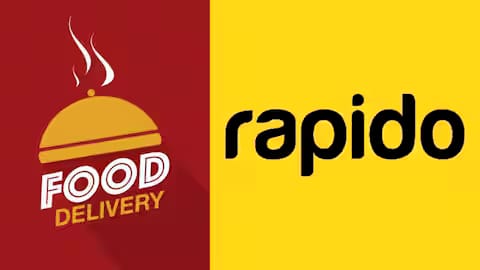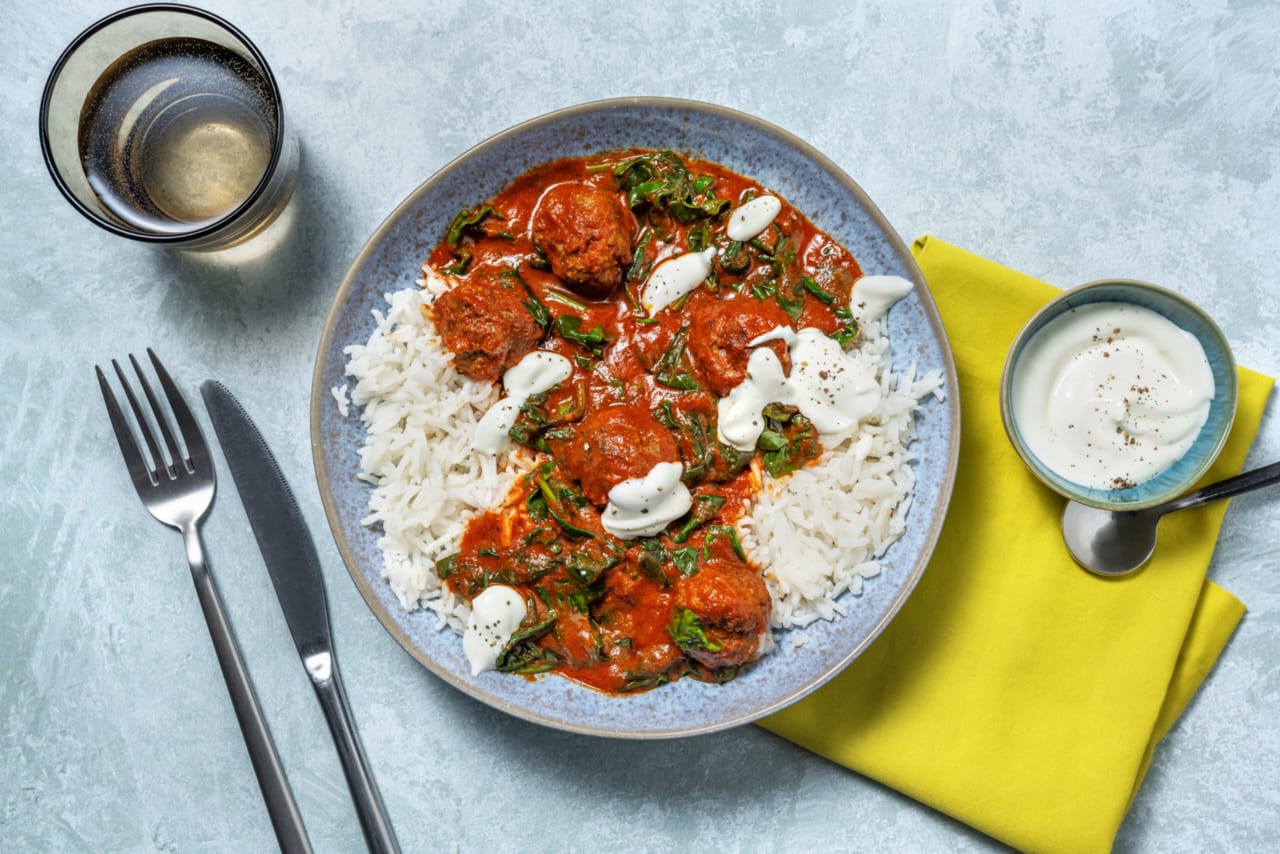 Image Source: NewsBytes
Image Source: NewsBytes
Rapido, the two-wheeler taxi giant, is poised to disrupt India's food delivery space with the mid-July pilot launch of its new platform, 'Ownly', in Bengaluru. The company is launching a groundbreaking, flat three-tiered delivery pricing model that will lift the bar for transparency and affordability for restaurants and consumers—head-on challenging incumbents with commission-based models like Zomato and Swiggy.
Key Highlights
Three-Tier Delivery Fee System
-
Orders above ₹400: Restaurants charge a flat amount of ₹50 + 18% GST (total ₹59).
-
Orders of ₹100–₹400: ₹25 + GST (total ₹29.50) is paid by restaurants.
-
Orders below ₹100: Delivery charge is split—customers pay ₹20 + GST (₹23.60), restaurants pay ₹10 + GST (₹11.80), thus ₹35.40.
No Packaging or Platform Fees
-
Rapido assures customers zero platform and packaging fees—a sharp contrast to Zomato and Swiggy that charge an average of ₹10 platform fee plus GST per order.
Lower, more stable restaurant expenses
-
Compared to variable fees (16–30%) charged by competition, Rapido's actual rate of commission of 8–15% is lower and more consistent, which is advantageous to restaurants.
Pricing Parity and Transparency
-
Menu prices on Ownly will be equivalent to offline prices, eliminating the hidden markups and providing transparency to consumers.
Potential Savings on Bulk Purchases
-
On orders worth more than ₹400, restaurants end up saving a lot in comparison to ₹80–₹150 commission on an order of ₹500 through Zomato or Swiggy. But on orders less than ₹100, Rapido's overall charge might be higher than competitors, who take ₹12–₹24.
Industry Impact
-
The move is likely to benefit small and medium-sized restaurants, support their margins and compete more effectively in the red-hot food delivery market.
What This Means
Rapido's entry, leveraging its huge fleet of cycles as taxis, will inject much-needed competition and transparency into India's food delivery space. Its zero-commission, flat-fee model could potentially revolutionize the manner in which restaurants and consumers engage with delivery platforms, especially for high-value orders.
Source: Financial Express, NewsBytes, GoodReturns, Times of India, Lemonn.
Advertisement
Advertisement







